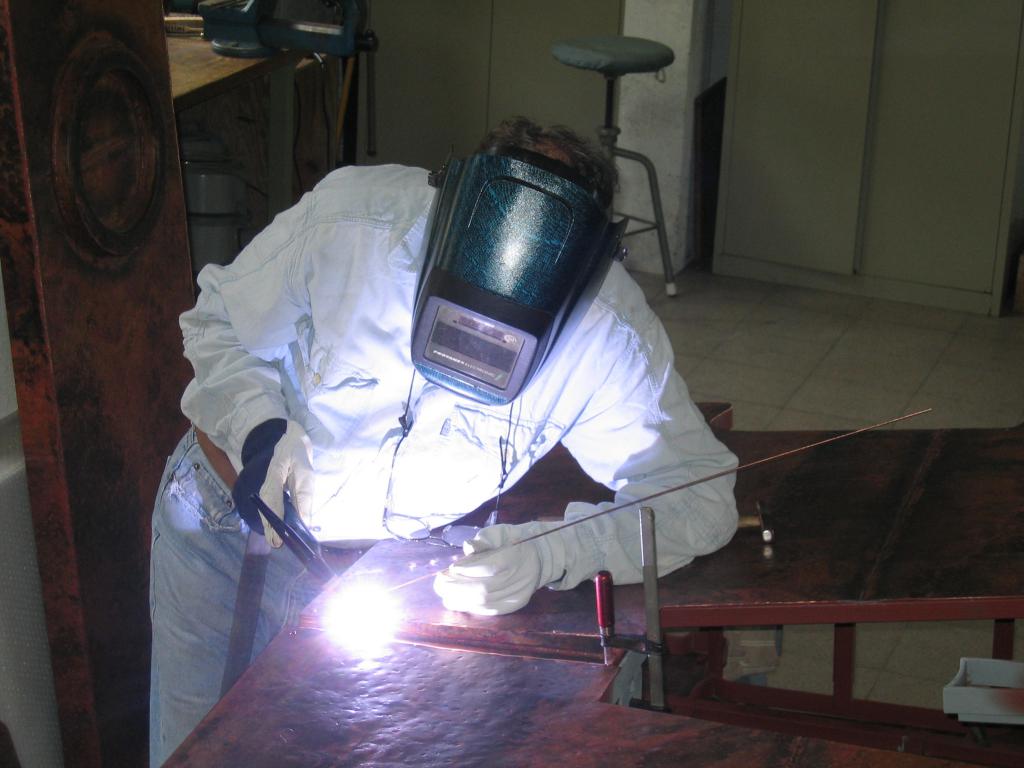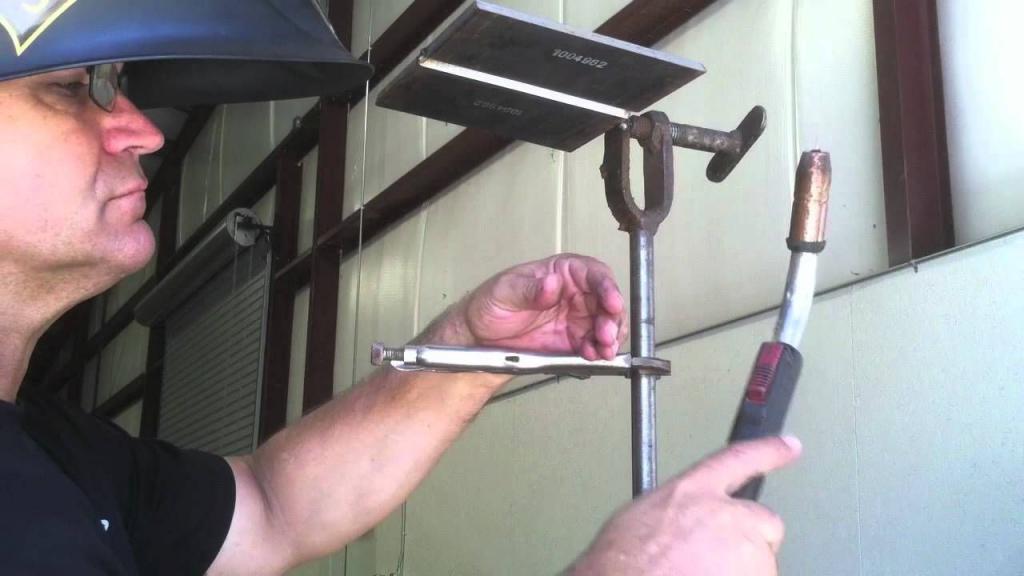In industry and in everyday life, the connection of metal parts into a single structure is carried out by welding. This method is considered the most reliable and fairly cheap. Relatively not very complex equipment (welding machine, electrodes, protective equipment) allows you to create and repair many metal structures in a short time and with a fairly reliable quality.
To create a durable metal product, a novice welder needs to thoroughly know the features and types of butt welded joints, as well as the technology of the work performed.
Weld Definition
Welding of metals is called their connection by melting the edges of the product and their subsequent crystallization in the cooling process. The welding process is accompanied by complex physical and chemical processes. These numerous factors and the welder must take into account during the execution of work. Moreover, all these physicochemical processes are interconnected in time and space.
During welding, several specific zones arise, which characterize the welded joint:
- the place of fusion (weld pool), where at the border of the base metal and the weld are molten grains of metal and electrode;
- weld, which is formed after cooling and crystallization of the weld pool;
- the heat-affected zone is determined by the area of the metal, which has not melted, but has changed its composition and structure as a result of heating;
- base metal, which is susceptible to welding, but does not change its properties.
Types of welded joints
Classify the connection of two metal parts according to their relative position relative to each other. The type of connection during welding is chosen by the welder, taking into account the characteristic features of the metal and the ability to achieve a high-quality result.
Depending on the placement of products in the space of the connection is divided into the following types:
- butt joint;
- gusset;
- tee bond;
- lap joint;
- end view.
Butt welding
The most common type of welding is a butt joint. In such welding, two joined parts are located in the same plane, therefore the surface of one element is a continuation of the other.
Elements during butt welding are adjacent to each other by end surfaces. The ends of the welded edges can be beveled or without bevel. Moreover, without a bevel, the welding seam of metal sheets up to 4 mm thick is obtained with the highest quality. Bilateral butt welded joint without bevel ends of the metal allows to achieve a good result with a thickness of parts up to 8 mm. To improve the quality of the connection, it is necessary to make a gap between the plates of up to two millimeters.
Unilateral welding of parts with a thickness of 4 to 25 millimeters is preferably performed with a preliminary bevel of the edges. The V-shaped bevel of the end surface is more popular among welders. Sheets with a thickness of 12 mm or more are recommended to be welded in a double-sided way with an X-shaped groove.
Seam classification
The quality of the weld depends on the position of the product in space. There are four main ways to make a butt joint of welds:

- The lower joining method is applied when the welder is placed on top with respect to the welded surfaces of the product. This method is the most convenient, since the molten metal does not flow down or to the sides, but directly into the crater. In this case, the slag and gas without obstruction are removed from the weld pool and freely come to the surface.
- Horizontal seams are performed on vertically arranged plates, while the electrode is guided from left to right or from right to left. High-quality execution of a horizontal seam consists in strict control over the molten metal, preventing it from flowing down, so it is necessary to choose the speed of the electrode and the current strength correctly.
- The vertical method is applied on parts located vertically, while the seam of the butt joint is from top to bottom or vice versa. The complexity of such welding is that the molten metal flows down, violating the appearance and quality of the connection. Typically, welders try to avoid doing work in this position. Only experienced masters resort to this method, relying on their theoretical and practical knowledge.
- In the ceiling method, the parts to be welded are located above the head of the welder. Using this method, one must strictly observe the technological process and safety rules, since molten metal drips down.

Systematization of welds by type of welding
Butt joints can be classified by the type of impact of welding equipment. It is the use of appropriate devices and devices that allows you to get the following types of seams:
- Manual arc electric welding contributes to the creation of a weld using a special electrode and allows you to get a reliable bond of metal parts with a thickness of 0.1 to 100 mm.
- Inert gas arc welding allows you to get durable and aesthetic welds, since all welding processes occur under the protection of a gas cloud.
- Automatic welding performs a butt joint of the metal in the mode of independent operation of the inverter, here the welder controls the process after setting up the equipment.
- In gas welding, the formation of a weld occurs due to the high temperature of the burning gas mixture.
- Using a soldering iron, it is possible to create soldered seams.
Weld profile
If you cut the butt joint, it is easy to determine the nature of the seam by its appearance:
- The concave seam is weakened, therefore it is mainly used for welding thin elements, for structures with a small dynamic load.
- Convex seams are considered reinforced, therefore, they are widely used in structures with high static loads, the creation of such a seam requires an increased consumption of electrodes.
- Normal seams are used under dynamic loads, in this case there is no particular difference between the base metal and the height of the seam.
Types of seams along the length
Another significant factor in obtaining a high-quality joint of two metals is the length of the weld. Butt joints are calculated taking into account the type and length of the weld.
By the length of the joints, the joints are classified as continuous or intermittent:
Continuous welds do not have gaps free from welding along the entire length of the joint of two metal surfaces. This type of welding allows you to get the most high-quality and durable connection of any structures. The disadvantage of continuous electrode guidance is the high consumption of material and the slow execution of the work.
The intermittent method is used when it is not required to create a particularly strong connection. Such seams are most often made of a certain length with a strict synchronous interval. Intermittent welding can be done in a checkerboard pattern or chain path.
Welding Precautions
The welding process is accompanied by a number of factors that can affect the safety of human health. The main damaging factors are the presence of radiation that affects vision, the harmful effects of the released gas, as well as the effect of molten metal.
Therefore, at all modern enterprises, special attention is paid to the protective uniforms of the welder:
- tarpaulin suit;
- boots or boots with closed laces;
- welder mask or goggles;
- respiratory protective respirator;
- canvas gloves.
All things must be clean, without stains of oily liquid.
For a beginner welder, to acquire skills in conducting welding works, it is better to start with simple products, since the reliability and strength of any metal structure depends on a quality connection. The correct execution of the welding process is the main guarantee of quality work.